In an age where convenience is king and technology reigns, Americans are driving more than ever before, a shift that is aggressively destroying the nation’s health.
The Department of Transportation has unveiled that despite a global pandemic gifting us the perfect excuse to ditch our cars and embrace the joys of home offices, Americans are somehow managing to drive more than ever before in 2023. Yes, you read that right. Even with the world's workforce migrating to Zoom, our collective disdain for walking has hit such historic lows that we're projected to catapult back to pre-COVID driving levels.
This 8% surge in vehicular escapades among those aged 16 and up, alongside heart-stopping increases in how far and how long we drive, is a testament to Americans unshakable commitment to avoiding physical exertion at all costs….
Paralleling this surge in vehicular travel is a startling increase in the average American's weight. Since the 1990s, the average weight of American men and women has escalated by nearly 20 pounds (9kg).
This correlation is far from coincidental. The rising dependency on automobiles for everyday travel has fundamentally altered the American lifestyle. Gone are the days of walking to the local store or biking to work, replaced by a car-centric culture that prioritizes getting stuck in traffic jams over physical activity. This sedentary shift is often cited as the biggest contributing factor to the nation's ballooning weight.
The health implications are dire. The Centers for Disease Control and Prevention (CDC) has long warned about the dangers of obesity, linking it to heart disease, stroke, type 2 diabetes, and certain types of cancer. Yet, as a nation, the response has been sluggish. City planning often favors roads over bike lanes and pedestrian paths, further embedding the reliance on cars into the fabric of daily life. Moreover, the suburban sprawl, a hallmark of American living, necessitates driving for even the most mundane tasks, further reducing opportunities for physical activity.
Compounding the issue is the changing nature of work. The rise of remote work and telecommuting, while offering numerous benefits, also means fewer people are walking or biking to their places of employment. The daily commute, once a source of at least minimal physical activity for many, is now often just a short walk from the bedroom to the home office.
However, it's not all doom and gloom. There is a growing awareness of these issues, and some cities are taking progressive steps towards creating more walkable, bike-friendly communities. The pandemic, despite its many challenges, has also encouraged people to rediscover the joys of walking and biking, with many turning to these activities for exercise and leisure. On top of that, urbanism has become a hot topic on the internet, with ardent believers, doing anything in their power to spread their message that cars are slowly killing America!
*If you want to tune into any of these transit fanatics, my favorites are Not Just Bikes, CityNerd, Adam Something, RM Transit and Oh The Urbanity!
In conclusion, the road to a healthier nation is not just about diet and exercise, but also about reevaluating our dependence on cars. It's time for a cultural shift that embraces active transportation as a viable and desirable alternative. This transformation will not be easy or quick, but it is necessary for the well-being of our society.
As we look to the future, we must consider how our daily choices, including our mode of transportation, impact not only our health but the health of our communities and our nation. The data doesn't lie: As Americans drive more, they also face increasing health challenges related to weight. The solution isn't simply to diet more or eat less; it involves a fundamental change in how we view and use transportation. It's a call to action for urban planners, policymakers, and individuals alike to prioritize walkability and bike-ability in our communities. Only then can we hope to reverse the trend of rising obesity rates and create a healthier, more active population.

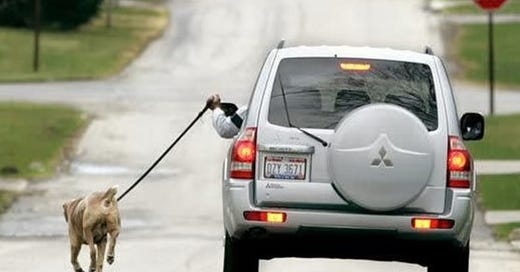



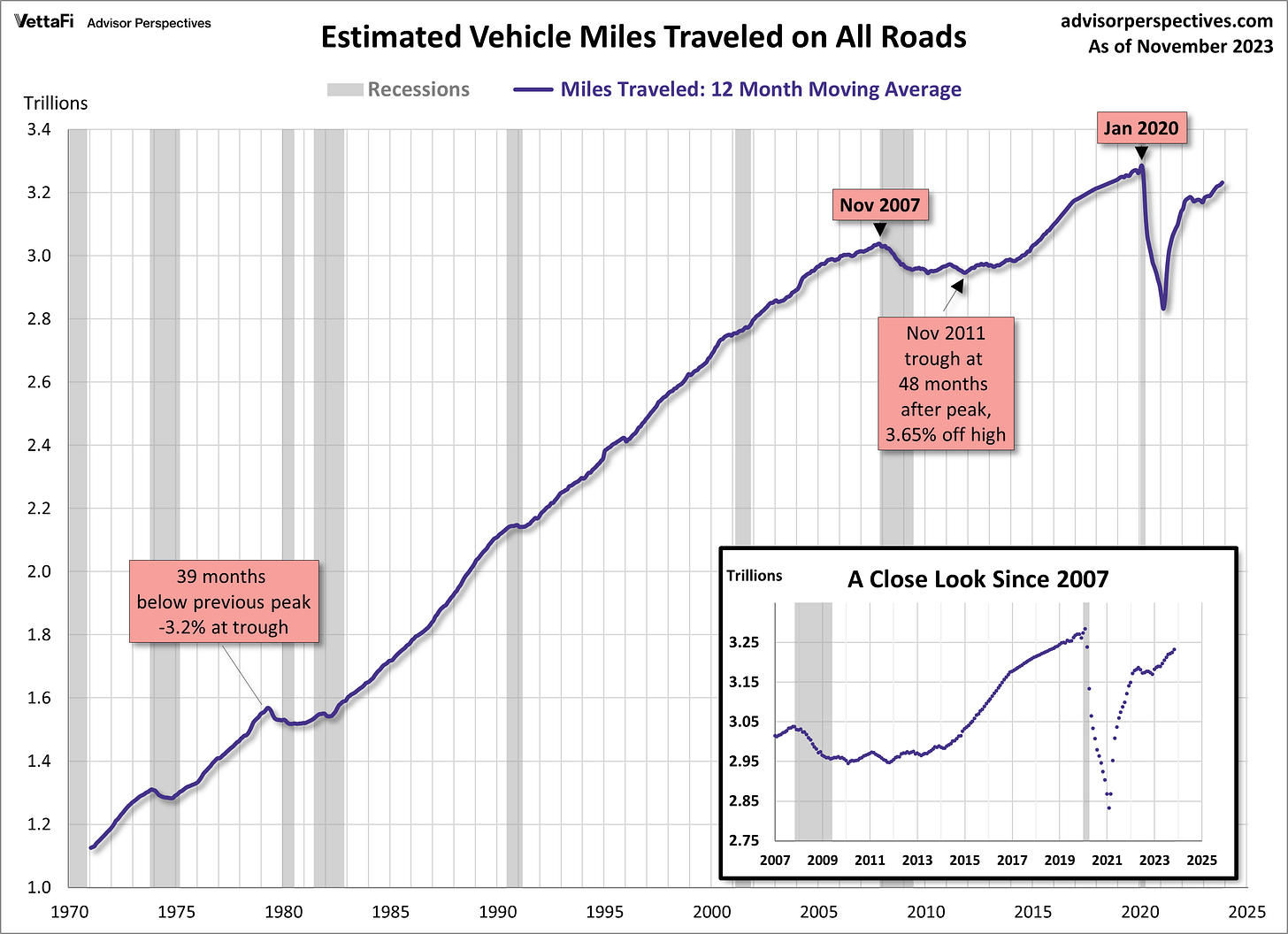
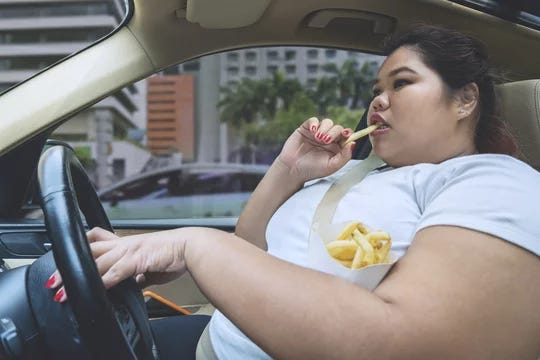
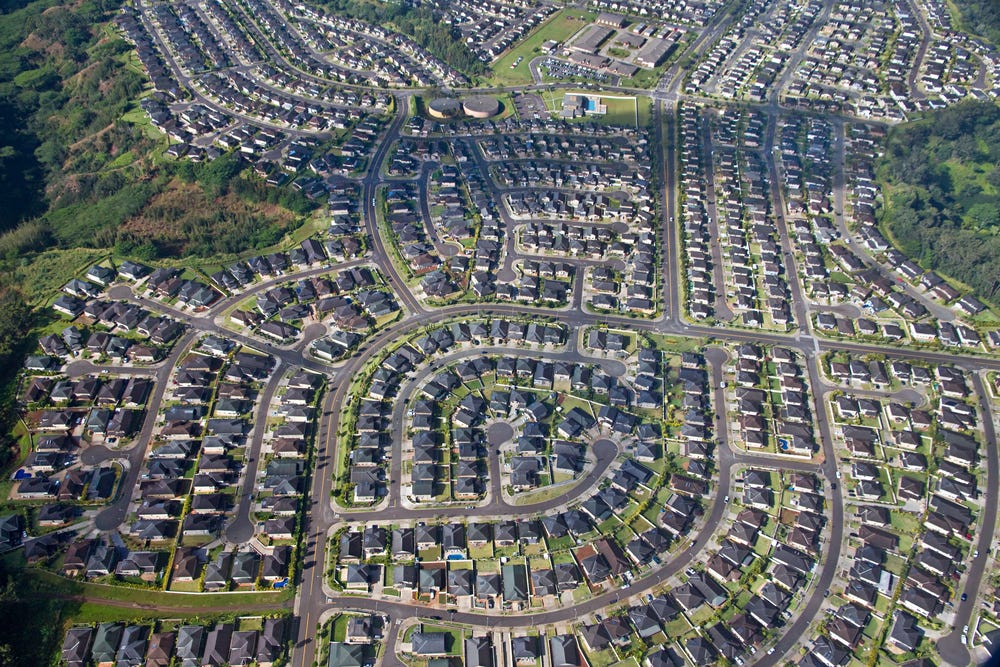
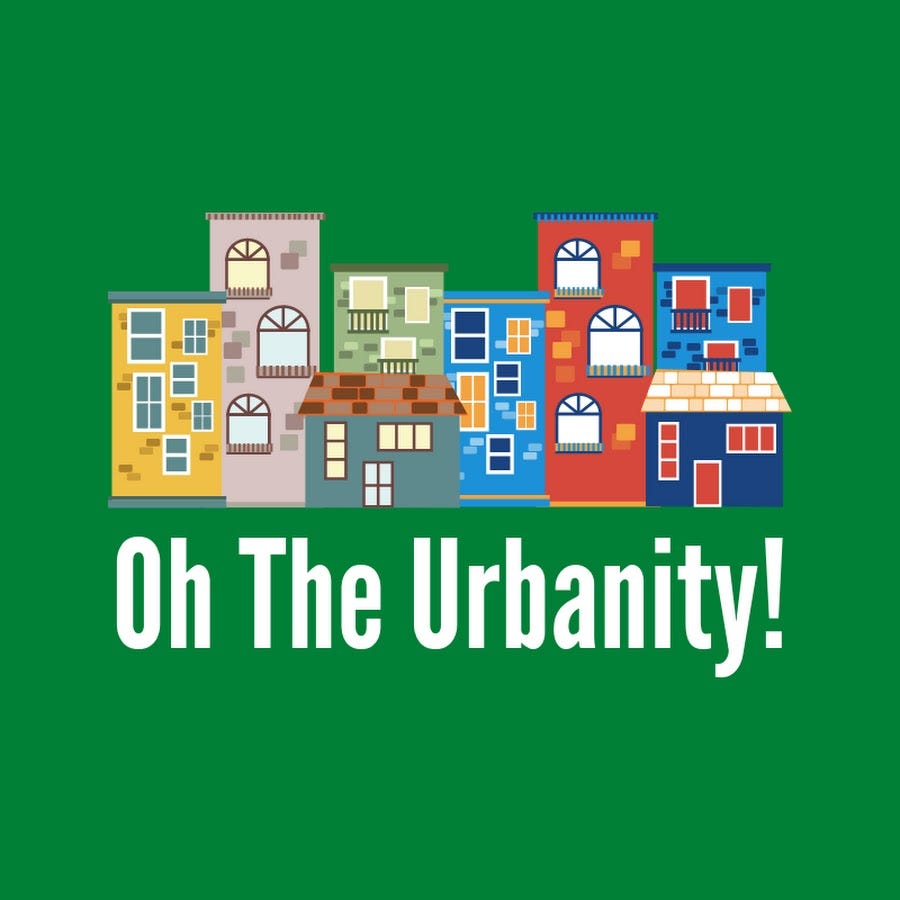
Straphanger is a good book and good Substack (though he moved to Ghost) if you want to dig deeper into local case studies.